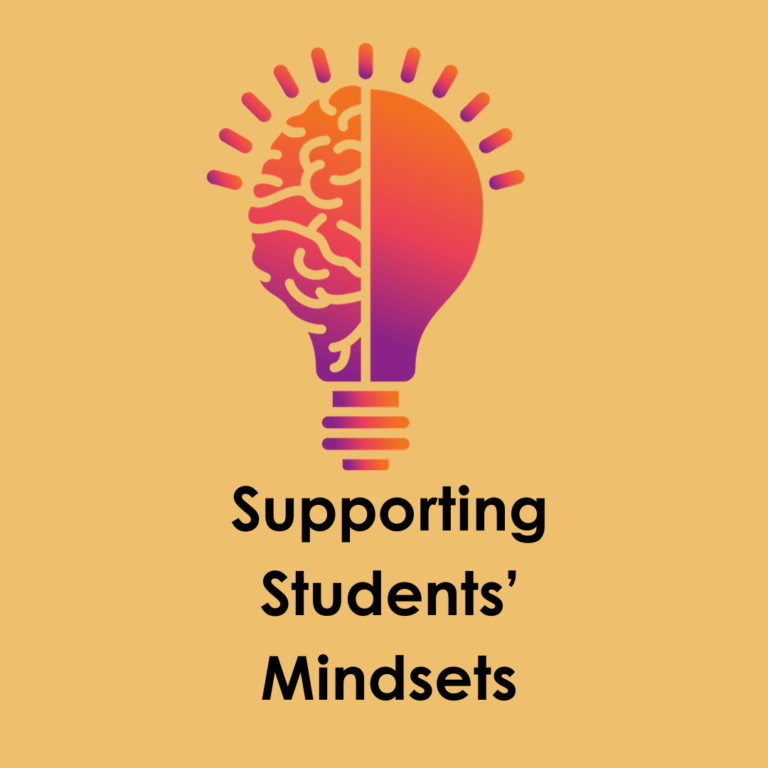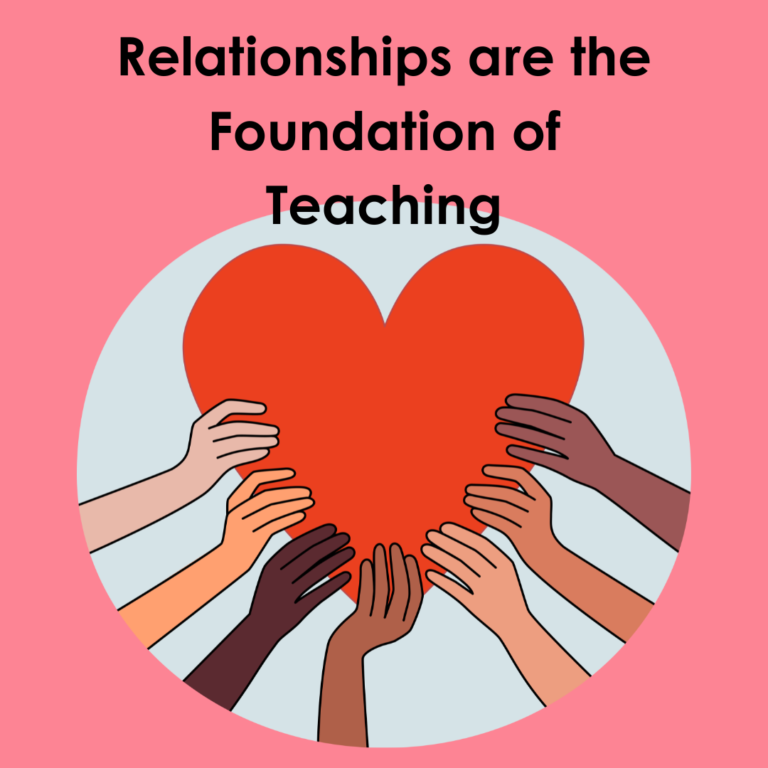Helping Our Students Understand Their Emotions
Let’s do this teachers! Let’s get into the nitty gritty of Social and Emotional Learning. In particular, let’s focus on helping our students recognize their emotions. But that’s not all; our students also need to understand how their emotions influence their behavior. Sounds advanced right? It is, but it’s attainable.
So how do we help our students understand their emotions and the relationship their emotions have to their actions? No matter what age group, kids are generally focused more on themselves than others. Supporting healthy and accurate self-awareness in kids is important. Teaching kids about understanding their own character, their feelings, and desires is a critical piece in their development and success. We can’t take it for granted that our kids come to us with this ability. We have to teach them how to be emotional detectives. They have to ask some questions of themselves:

There are strategies for helping our students develop an understanding of their emotions. Yes, we can implement intentional lessons in emotional awareness or read books to our students. We can use the prompts above during a teachable moment to support student reflection during conflict. These are great ideas, but there are a couple other ways to drive these lessons home.
Our kids need to see us modeling reflection, using these same questions. There is power in asking ourselves these questions aloud for our students to hear. Are we taking time to reflect on how we are feeling? What do we notice about ourselves in specific situations? Share this with your students! To connect, students need to view educators as humans with emotions. This is how they will embrace their own emotional self-awareness journey. Supporting emotional awareness with kids begins with the journey of understanding ourselves.
Another way to support our students emotional understanding is through integrating specific thinking prompts in ALL areas of instruction. You might be thinking, “Emotions are not a math thing. That’s all logic.” When you’ve dealt with correcting negative math identities in 6th grade students as much as we have, we 100% disagree. Effective math instruction is unattainable without supporting our students to be vulnerable enough to take risks. If they are not aware of what this means, they will not progress to their full potential.
Sample Question prompts to help with students understanding their emotions:
Math Questions to Support Emotional Understanding:
- What is going through your mind as you approached a difficult problem today?
- What does it feel like to be in “the pit” in class?
- Identify the cues your body was giving you regarding your math experience in class. Were you shaking? Did you have a nervous stomach? Were you warm?
- Describe the action you wanted to take as you experienced frustration today. How did you get through it?
ELA Questions/prompts:
- How would you describe the emotional experience of the main character of the story?
- What emotions did you experience while reading the selection? What did the author do to encourage those emotions?
- Write about how the character’s experiences connect to your own. Pay attention to how you feel about the connections. What cues are your body giving you about your emotions.
Students often struggle because they see their friends and classmates moving faster on assignments, raising their hands more, or making the team, which leads to self doubt and an unwillingness to take risks with their thinking. Think about the norms and agreements you have in class. How do they support an environment where students encourage one another, take risks and believe in each other? As the educator in the room, how can you help students recognize the emotions they experience in these moments, so they can work through them and move forward? Attempt to anticipate the emotions your students may experience in these situations, and provide them the language to name and understand them, so they can express them productively. Overtime, even our youngest students can be successful in this area. Let’s get started!





